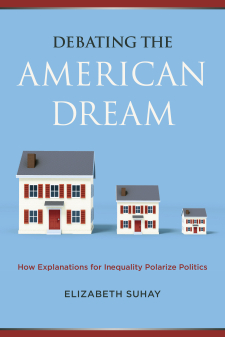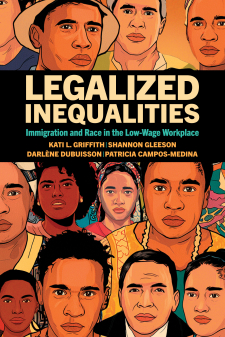Shortchanged: Gender, Social Structure, and Wealth
While patterns, trends, and causes of the gender gap in income have been popular topics for research, sociologists have largely ignored the topic of gender differences in financial decision-making and wealth accumulation. Yet wealth inequality is much more extreme than income inequality. In 1995, for example, the top 1% of the population earned 14.4% of the total income and held 38.5% of the total wealth, whereas the bottom 20% earned only 3.7% of the income and had negative wealth - that is, their debts surpassed their assets. As women enter the labor force in increasing numbers and the divorce rate continues to rise, the economic welfare of women depends increasingly on their ability to make effective financial decisions and accumulate wealth.
Mariko Chang of Harvard University has developed a project that provides a framework for better understanding how gender shapes economic outcomes. For example, full-time employees are more likely to have access to employer-sponsored retirement and savings plans. Because women are more likely to work part-time and also to interrupt their employment to assume care-giving responsibilities, they are disadvantaged in the accumulation of retirement savings. By using in-depth interviews and existing national survey data, Chang will seek to measure the magnitude of gender differences in wealth generally and in different forms of wealth such as stocks and real estate. In addition, she will inquire into whether the gender distribution of wealth is influenced by education, age, marital status, and income. As 401(k) plans and stock options proliferate in workplaces across the U.S., opportunities to save and invest are increasingly linked to labor market participation. This research will provide useful insight on the consequence of those developments for gender equity, and will provide useful data for policy debates, like the question of Social Security privatization.





